Late on April 30, Sean Tabibian called 911 to say police were needed urgently at the University of California at Los Angeles. “All hell had broken loose,” Tabibian recalled in an interview. Masked agitators were attacking pro-Palestinian protesters on a campus quad, video footage shows, and a team of hired security guards had retreated.
Despite warnings of violence at UCLA, police didn’t step in for over 3 hours
Faculty had raised alarms in the days before the attack on pro-Palestinian protesters. That night, one witness called emergency services 11 times before police intervened.
The call at 11:09 p.m. was the first of 11 that Tabibian made to police that night as the violence escalated, according to his cellphone’s call log. Other witnesses called 911 as well, records show.
“They said they were responding,” said Tabibian, a local business executive and UCLA alumnus who was near campus around the time commotion erupted at the encampment, and who said he was concerned that protesters had been discriminating against Jewish students. “They kept saying they’re responding, they’re responding.”
While a small UCLA patrol could be seen in footage briefly early on, law enforcement agencies did not move in to stop the violence until 3 hours and 34 minutes after Tabibian’s first 911 call, a Washington Post examination has found — a delay that prolonged one of the most violent altercations since pro-Palestinian protesters began setting up encampments on college campuses across the country this spring.
The examination — based on evidence including more than 200 videos, emergency radio transmissions, text messages and interviews with more than a dozen witnesses — illuminates the stakes for university and local officials as they decide if and when to call police to deal with pro-Palestinian encampments. Elsewhere police have been accused of using heavy-handed tactics, but at UCLA, where university policy discourages calling police preemptively, campus police as well as the Los Angeles Police Department and California Highway Patrol are facing scrutiny for their hands-off approach that night.
It’s not clear why police waited so long to respond. But in the hours before they took action, at least 16 people were visibly injured, the majority of them pro-Palestinian, including two protesters who could be seen with blood streaking across their faces and soaking into their clothes, videos and images show. The counterprotesters ignited at least six fireworks; struck protesters at least 20 times with wooden planks, metal poles and other objects; and punched or kicked at least eight protesters.
The protesters occasionally fought back. People on both sides sprayed their opponents with chemical irritants at least 48 times — in some instances in the face, at close range. Unconfirmed reports of a gunshot on campus and a man armed with a knife were relayed to officers over radio, recordings show.
As the violence raged, some police remained stationed at a hastily convened command post near the encampment, while others assembled in formation closer to the violence but held back for an hour, video shows. Authorities did not report making any arrests and a review by The Post of video footage found no indication attackers were detained.

Royce
Hall
Powell Library
Pro-Palestinian
encampent
Counterprotesters attack
100 FEET
N
Source: Planet Labs
The Washington Post
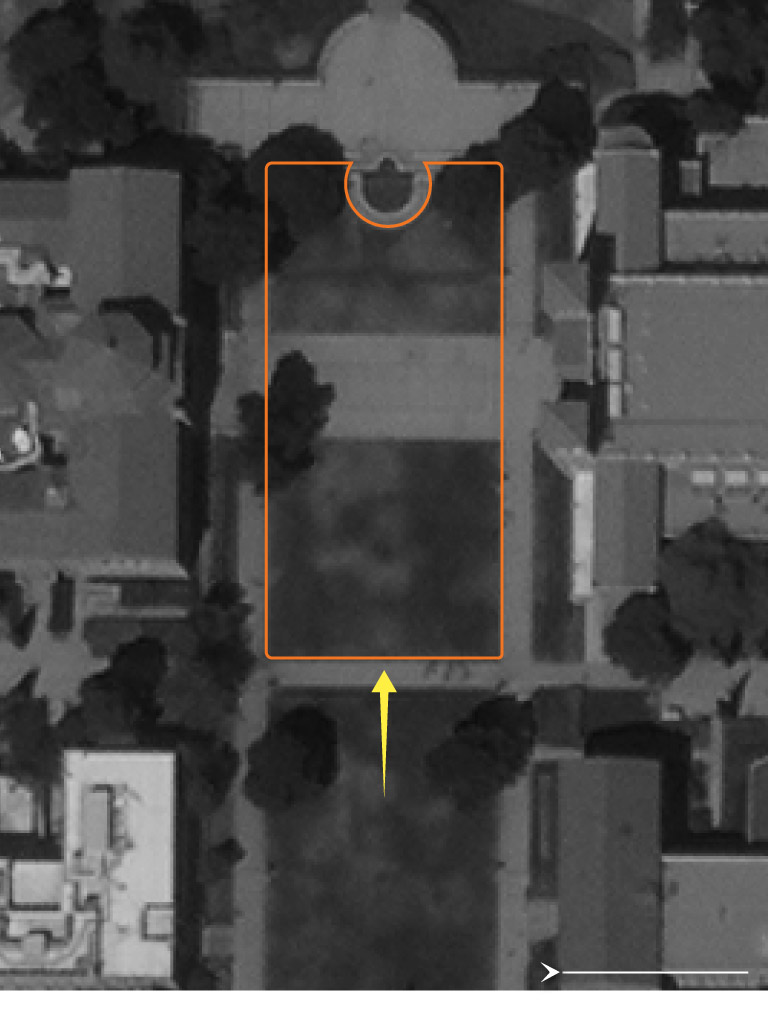
Royce
Hall
Powell Library
Pro-Palestinian
encampent
Counterprotesters attack
100 FEET
N
Source: Planet Labs
The Washington Post
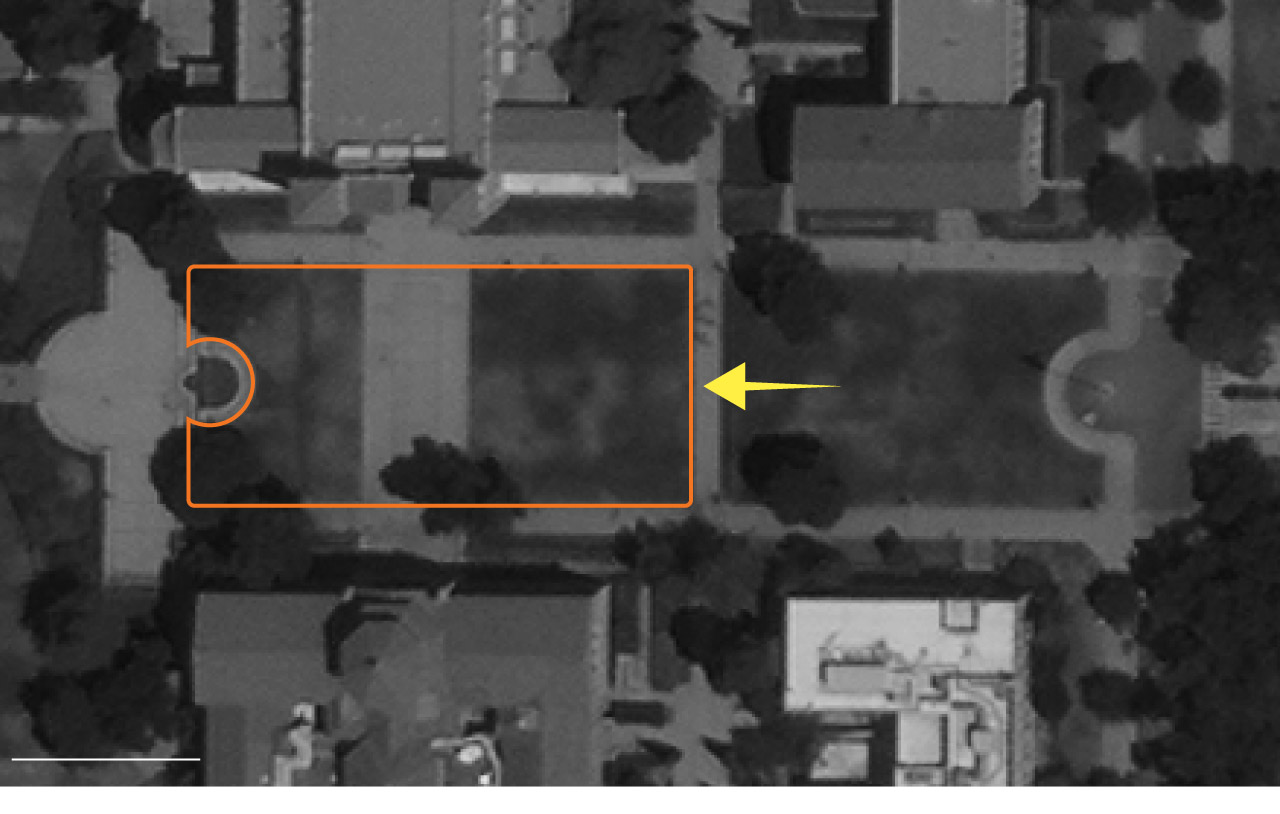
Royce Hall
Pro-Palestinian
encampent
Counterprotesters attack
Powell Library
100 FEET
Source: Planet Labs
The Washington Post
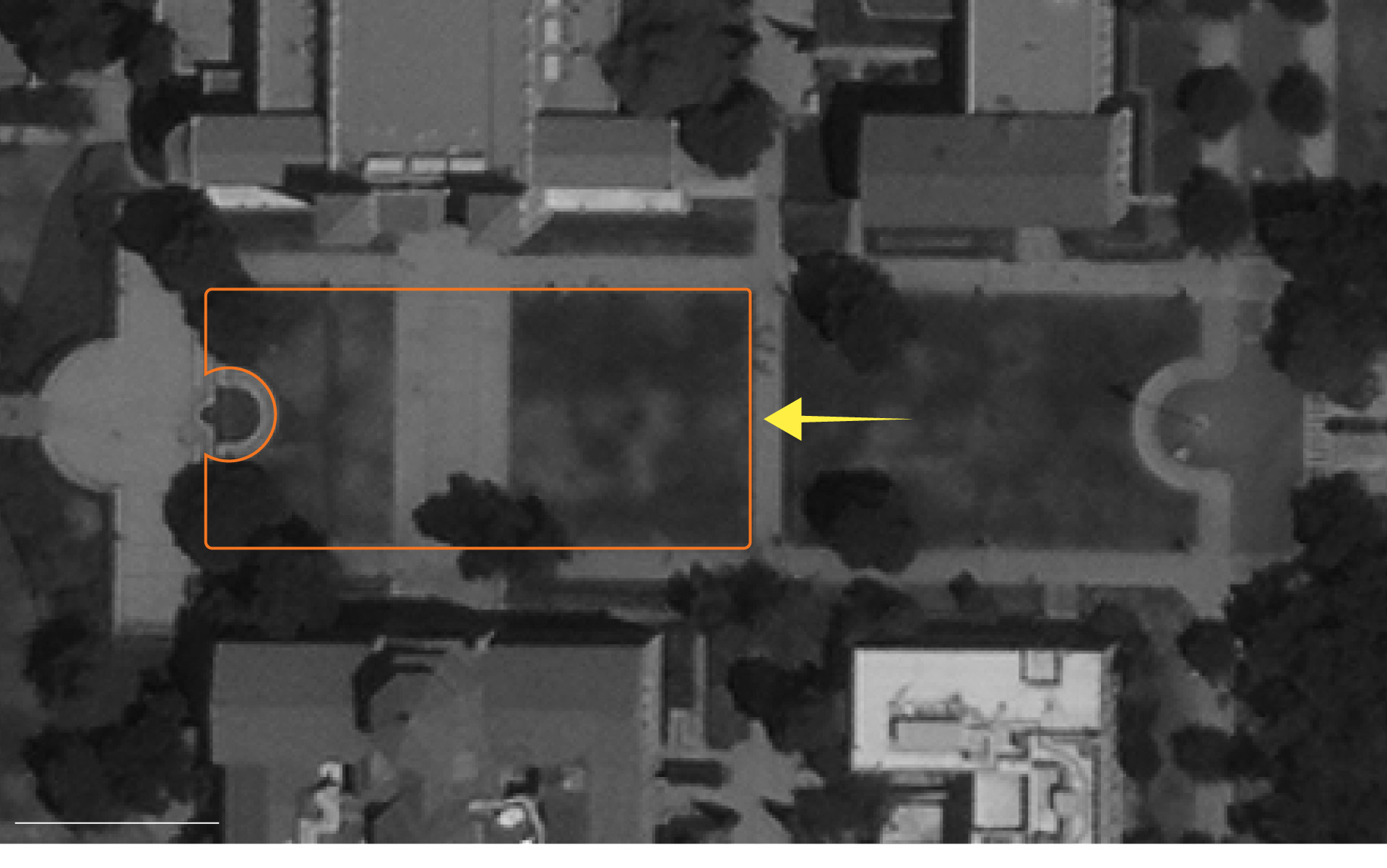
Royce Hall
Pro-Palestinian
encampent
Counterprotesters attack
Powell Library
100 FEET
Source: Planet Labs
The Washington Post
Law enforcement’s tepid response on April 30 contrasts starkly with their aggressive maneuvers the following night, when officers in riot gear, some firing projectiles, swiftly dismantled the UCLA camp and arrested 210 people for refusing to leave.
The Post’s examination also found that faculty had raised concerns for days about harassment of pro-Palestinian activists and physical violence directed at people in the protest encampment, raising questions about whether the school should have had more police on hand to prevent an altercation.
The college is typically policed by its own small force, and university officials must ask outside departments for extra help when they determine it’s needed. UCLA follows a systemwide University of California policy “not to request law enforcement involvement preemptively, and only if absolutely necessary to protect the physical safety of our campus community,” a spokeswoman said in a statement last month after protesters established their encampment.
While LAPD would not answer questions about when they were summoned, a senior UCLA official told a colleague that the college had asked LAPD for assistance by around 11:30 p.m. on the night of the attack, according to text messages obtained by The Post. The California Highway Patrol has said UCLA requested its help an hour later, at 12:30 a.m.
UCLA police chief John Thomas told the Los Angeles Times that when he got to campus shortly before midnight, he saw 19 officers from campus police, the LAPD and three other local police departments, but an LAPD lieutenant told him the force was too small to step in.
It was not until about 1:30 a.m. that officers began staging with campus police in a parking lot near the encampment, video shows.
CHP confirmed the time UCLA requested its help, but did not respond to further questions.
In an unsigned email, LAPD told The Post, “The department is looking into its involvement on campus along with other law enforcement agencies and a detailed report is being completed.”
Campus police referred questions to UCLA. A spokesperson for UCLA did not respond to requests for comment.
UCLA and LAPD have said they are now jointly investigating perpetrators of the April 30 attack, and that they have asked the FBI for help. Michael V. Drake, the president of the University of California system, has requested an external investigation of the university’s response that night.
Mounting concerns
On April 25, as protests emerged at universities nationwide over Israel’s war in Gaza, students at UCLA’s Westwood campus began building a tent encampment on Dickson Plaza, an open, tree-lined quad in front of the college’s Royce Hall theater. Their demands to college leaders included calling for a cease-fire, divesting from companies tied to Israel’s war effort and boycotting Israeli universities.
Over the next several days, videos show, counterprotesters faced off with pro-Palestinian demonstrators. According to protesters, they repeatedly tried to enter the encampment.
UCLA asked for assistance in policing the demonstrations from the wider University of California police system on April 25 and April 26 but then canceled those requests, Wade Stern, the president of the University of California’s police union, told The Post. The cancellations, first reported by the Los Angeles Times, were frustrating, Stern said. “Every cop wants to go and help,” he said. “We all want to be there.”
Concerns about students’ safety mounted among some faculty ahead of a pro-Israeli counterprotest planned for April 28 and permitted by university officials. In a phone call on April 27, Administrative Vice Chancellor Michael Beck assured Randall Kuhn, a public health professor, that counterprotesters did not want to “pick a fight” and that UCLA was stationing dozens of hired security guards around the encampment, including 30 ready “to help address any provocations or potential attacks,” according to an email Kuhn sent to colleagues summarizing Beck’s remarks. Beck referred questions to a UCLA spokesman.
On April 28, counterprotesters erected a massive TV screen to blast footage of the Oct. 7 attack on Israel by Hamas at the protesters. UCLA’s police force was bolstered that day by additional officers from other University of California campuses. Still, when an assault occurred, they were outmanned and sought additional help from several local police departments, according to a timeline compiled by police union officials.
By the next night, tensions were rising again. Videos show a small group of agitators taunting people in the pro-Palestinian encampment. Police later separated fights between the two sides, protesters said in interviews.
Hours later, UCLA again asked for help from other UC police departments. But none was able to send reinforcements, as they were monitoring protests on their own campuses, according to the union timeline.
The attack
Agitators gathered outside the encampment the following day. Recordings posted on social media showed protesters refusing entry to a Jewish student who identified as a Zionist and a mother complaining to UCLA that Jewish students were being blocked from accessing a library.
At 2:35 p.m., Danielle Carr, an assistant professor at UCLA’s Institute for Society and Genetics, wrote an email seeking to sound an alarm about “truly unbelievable” aggression against protesters during the pro-Israeli counterprotest two days earlier. “I know that many faculty are wondering what the administration plans to do to protect our students,” Carr wrote to an office responsible for handling complaints of sexual violence and harassment.
By the evening, a large crowd had gathered outside the protest camp. One man was draped in an Israeli flag and others wore hoodies with slogans demanding the return of Israeli hostages kidnapped by Hamas. At 10:48 p.m., counterprotesters moved closer to the encampment’s southern barricades and blared “Harbu Darbu” — an Israeli wartime anthem calling for retribution for Oct. 7. Suddenly, they rushed forward and started pulling metal fences away from security guards stationed at the perimeter of the encampment.
The guards were from Contemporary Services Corporation (CSC), which contracts with UCLA and specializes in crowd control at sporting events and concerts, and a subsidiary. While some CSC guards attempted to push back attackers, others stood aside.
“There are too many!” one of the security guards said, recordings show. Another shouted “CSC, pack it up!” as fellow guards walked away. CSC did not respond to questions from The Post.
The agitators pushed past the fencing and started ripping down plywood barriers on the perimeter of the camp’s south and north sides. Pro-Palestinian protesters attempted to hold their line.
Calls for help
When Tabibian, the business executive, placed his first 911 call at 11:09 p.m., he connected with a dispatcher and they spoke for 21 seconds. “I believe I told him that people were getting hurt — they needed to get over here and shut this down,” Tabibian told The Post, noting that it was difficult to differentiate between each of his 11 calls. Tabibian blamed pro-Palestinian protesters for provoking the chaos.
At 11:13 p.m., two UCLA patrol cars and an ambulance arrived near a UCLA campus police car that an observer said had been there all day. A third arrives shortly after. At least four officers stepped out of their cars and were soon surrounded by counterprotesters, some shouting “Shut it down!” in an apparent reference to the encampment. One man was ushered to the ambulance, and at 11:19 p.m., the three police cars and ambulance pulled away.
Reports of injuries rolled in. At 11:31 p.m., a fire department dispatcher asked an ambulance stationed nearby to respond to an injury at the college.
Kuhn, the public health professor, texted Beck, the vice chancellor, about his growing concern. Beck assured him that LAPD had been summoned.
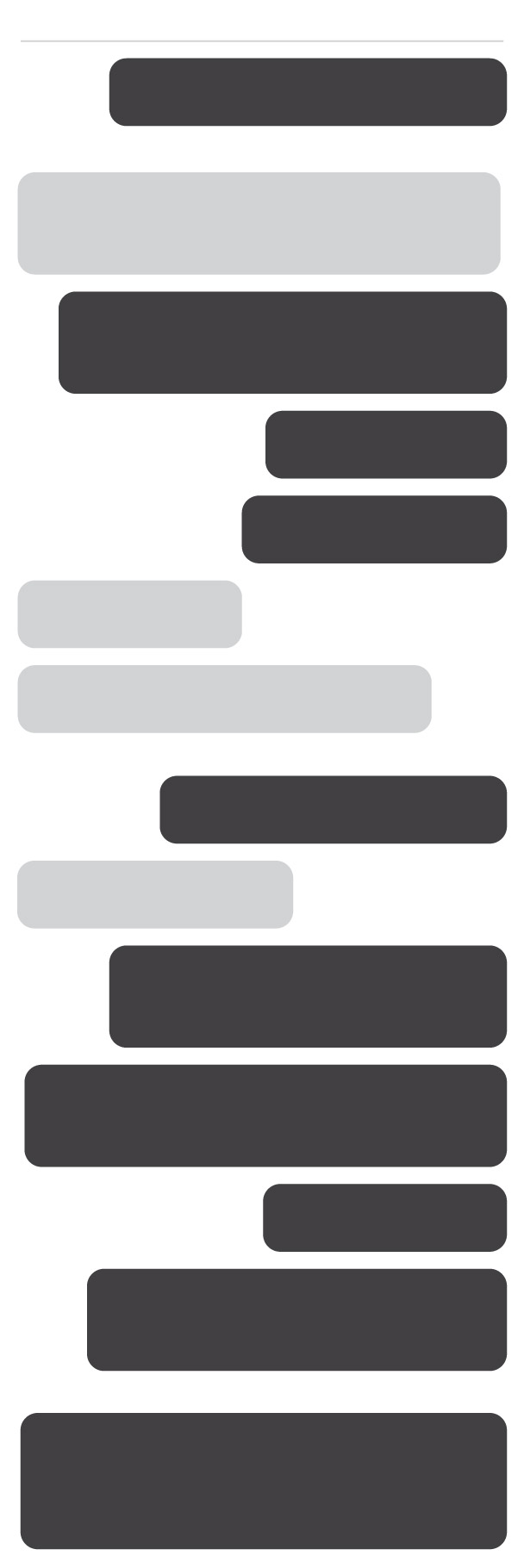
April 30 11:26 p.m.
Michael, what’s going on?
Michael Beck
Yes. I have been watching. Been
talking with the Chief
They’ve been subjected to five
days of torture
And now this?
Where are you?
I am at home.
LAPD has been summoned
11:31 p.m.
What did you request?
LAPD assistance
Oh whom? Did you ask for
dispersal?
People are being pepper sprayed
by counter protestors
Rocket attack
A colleague was just pepper
sprayed
11:53 p.m.
Counter protestors crowd is just
growing. They’re coming from
all sides

April 30 11:26 p.m.
Michael, what’s going on?
Michael Beck
Yes. I have been watching. Been
talking with the Chief
They’ve been subjected to five
days of torture
And now this?
Where are you?
I am at home.
LAPD has been summoned
11:31 p.m.
What did you request?
LAPD assistance
Oh whom? Did you ask for
dispersal?
People are being pepper sprayed
by counter protestors
Rocket attack
A colleague was just pepper
sprayed
11:53 p.m.
Counter protestors crowd is just
growing. They’re coming from
all sides
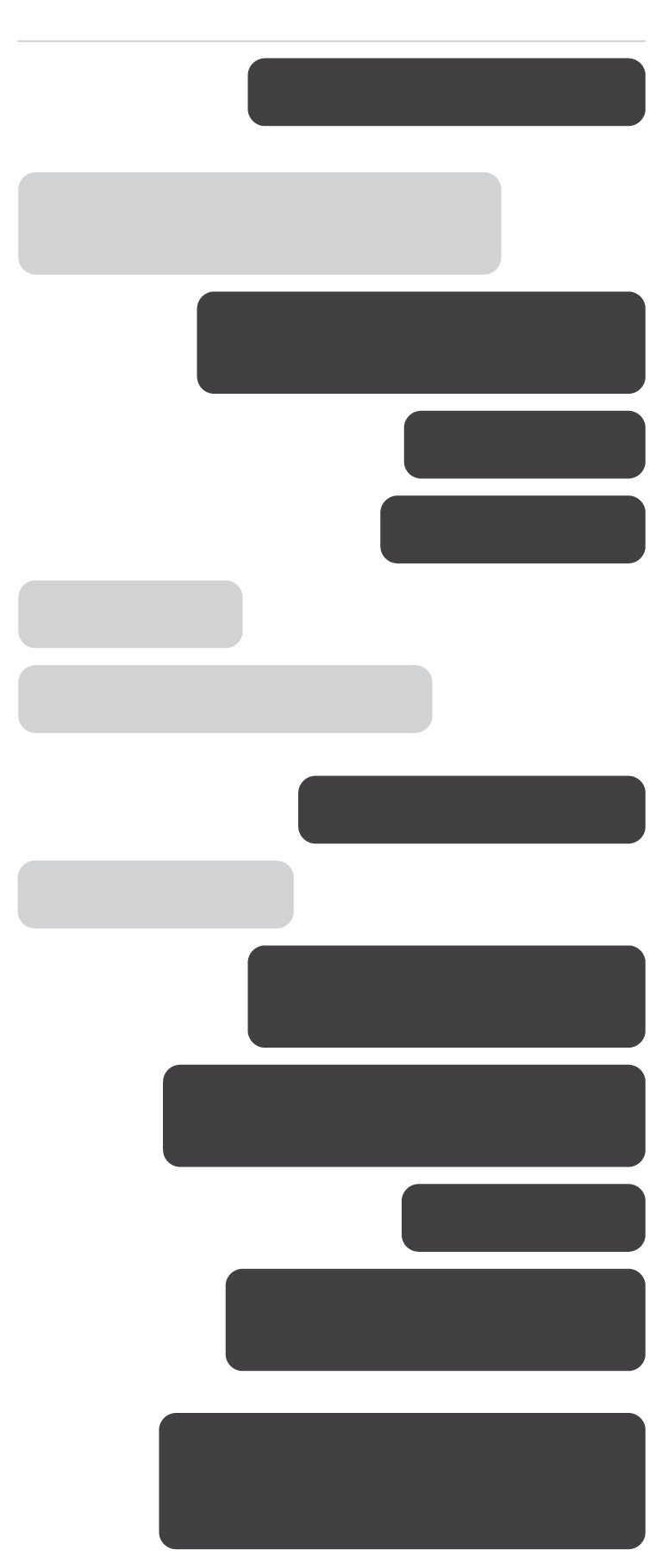
April 30 11:26 p.m.
Michael, what’s going on?
Michael Beck
Yes. I have been watching. Been
talking with the Chief
They’ve been subjected to five
days of torture
And now this?
Where are you?
I am at home.
LAPD has been summoned
11:31 p.m.
What did you request?
LAPD assistance
Oh whom? Did you ask for
dispersal?
People are being pepper sprayed
by counter protestors
Rocket attack
A colleague was just pepper
sprayed
11:53 p.m.
Counter protestors crowd is just
growing. They’re coming from
all sides
Violence continues
Moments later, a counterprotester lit a firework and lobbed it over the encampment perimeter. It exploded inside the encampment to terrified screams.
The lack of police intervention frustrated witnesses. Jeremy López, who supported the protest, called 911 at 12:28 a.m. to report that students were being beaten. “The operator said ‘Yes, we know already,’ and hung up,” López later told The Post.
Carr, the assistant professor who had warned of potential violence, arrived at the plaza a few minutes later and encountered what looked to her like a war zone. Students were sprawled on the ground, some bleeding from their faces. Others were reeling from eye pain caused by irritants.
The violence continued “for hours and hours, with nobody stepping in,” said Bharat Venkat, an associate professor. “I thought a student would be killed.”
A mob surrounded two pro-Palestinian demonstrators who had stepped outside of the encampment. While one was hit with a wooden stick, the crowd rained punches on the other. He was later recorded receiving treatment from volunteer medics, his face covered in blood.
At 12:32 a.m., a man on LAPD radio said they “might want to launch a UCLA unit,” according to a review of radio communications archived by the platform Broadcastify. Seconds later, an officer said he was at UCLA’s Murphy Hall — close to the violence — along with four other units. But no LAPD personnel were seen taking action in available video footage of the area.
After 1 a.m., police reported over radio that an “MFF” — mobile field force — and a helicopter had been requested at the college, and officers were told that the incident was “code three,” meaning they should use lights and sirens.
But over the subsequent hour, the address of the temporary command post was misstated over radio, confusing some officers.
People calling police continued to receive dismissive responses. “Didn’t you already call?” an operator said when a woman called UCLA police at 1:33 a.m., video shows. “I already told you, we’re handling the situation. You can’t continue calling unless you have an emergency.”
Police emerge
Throughout the evening, police vehicles had gathered on the outskirts of campus, but the first mass of police visible in footage reviewed by The Post was a line of about 30 CHP officers that began to form at 1:43 a.m. Another row of officers in black lined up behind them. They did not advance.
At 2:17 a.m., counterprotesters rushed the encampment barricade, physically assaulting protesters, including slamming a plank of wood on someone’s head and spraying an irritant. Officers stood about 200 feet away. None moved to stop the violence, the video shows.
Nearly an hour after they assembled in line, and nearly four hours after the attack began, officers from CHP and LAPD began slowly moving in formation toward Dickson Plaza at 2:43 a.m.
By 3:10 a.m., police had separated the majority of attackers from the pro-Palestinian protesters. But law enforcement did not arrest or appear to question the attackers, instead granting them an exit route away from the camp, according to video.
“There have only been a couple times in my life where I’ve had trouble understanding what’s real and what’s maybe a nightmare, and this was definitely one of them,” Nicholas Shapiro, an assistant professor and a former EMT who helped treat injured students, later told The Post.
Shapiro arrived home with dark stains on his fingers and palms.
“Surreal,” he texted a group of professor friends at 3:47 a.m., “to be ending the night cleaning a student’s blood off my hands.”
Samuel Oakford and Jarrett Ley in New York contributed to this report.
